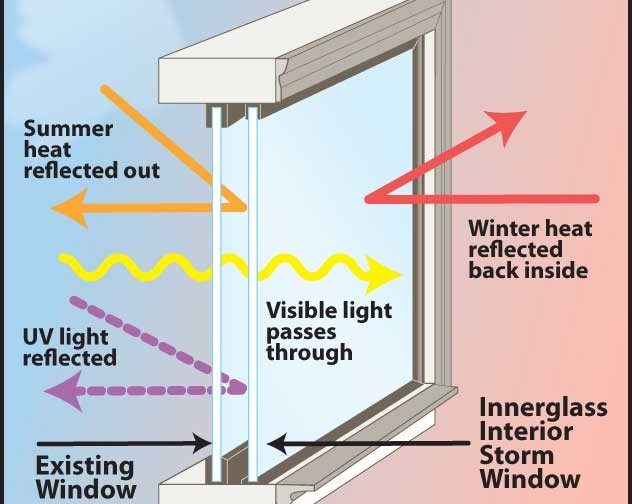All Categories
Featured
Table of Contents
Double Glazed Windows & Doors Melbourne & Sydney in Success Western Australia
That window can transmit more solar heat in winter than in summer. A west-facing window on a summertime's afternoon has an angle of incidence from near 0 up to 30 with a large efficient area of solar radiation. A north-facing window, in summer season, has a high angle of incidence and a low effective area of solar radiation, so can transmit less heat than a west-facing one.

You can rapidly and easily enhance the thermal performance of your home by replacing your windows. There are thousands of types of glass and frames to select from.
Double Glazing Vs Triple Glazing: Which Should You Choose in Merriwa Western Australia
Single glazing with clear glass is not really efficient when it comes to heat loss or gain. To enhance efficiency, you can utilize single glazing with a more energy-efficient type of glass such as low emissivity (low-e) glass.
Numerous layers can be assembled with sealed cavities in between each sheet of glass. IGUs typically offer much better energy performance than single glazing, due to the fact that they send less energy. The energy efficiency of IGUs likewise depends on: the residential or commercial properties of each layer of glass. Various glass types (for example, clear and low-e glass) can be assembled in an IGU.
Double Glazing Vs Triple Glazing For Windows (2023) in Iluka WA

IGU cavities can be filled with air or a more inert, low-conductivity gas such as argon the width of the cavity. Wider cavities provide lower (much better) U worths, with 12mm normally accepted as the preferred gap how well the cavity is sealed.
If argon is installed to the cavity in place of air, wetness is dependably excluded the level of desiccant (drying representative). The spacer (metal or polymer strip) that separates the glass layers consists of a desiccant to take in any moisture. Insufficient desiccant might cause moisture to condense on the glass surface in cold conditions, decreasing thermal efficiency.
Techniques For Double Glazing Windows in Eden Hill Western Australia
IGUs can deliver better energy efficiency for all climates, specifically in heated and air-conditioned homes. Cross-section detail of single, double and triple-glazing units Low emissivity glass (frequently understood as low-e glass) lowers heat transfer. Low-e glass might be either high or low transmission: High transmission low-e glass has a covering that permits daytime from the sun to pass into the home to attain great solar heat gain, but reduces the amount of the long wavelength infrared heat that can leave back through the window.
Low-e glass has either a pyrolytic covering or a vacuum-deposited thin movie metal covering. Pyrolytic finishes are long lasting and can be utilized for any glazing; vacuum-deposited coatings are soft and are only used within IGUs. Low-e finishings can substantially improve both U value and SHGC; however, they must be used properly or they will either degrade or stop working to perform as required.
Which Is The Best Type Of Double Glazing? - Which? - Which.co.uk in Crawley Perth
Low-e coatings can be utilized in combination with clear, toned or reflective glass. Low-e coverings on glazing can lower heat transfer where needed Picture: Department of Market, Science, Energy and Resources Toned glass has colouring ingredients included throughout manufacture. It is available in numerous colours, generally bronze, grey, blue and green.
Latest Posts
Diy Double Glaze in Koondoola WA
Glass Selector - Custom Single & Double Glazed ... in Midvale Perth
Does Double Glazing Keep Heat Out in Woodvale Western Australia